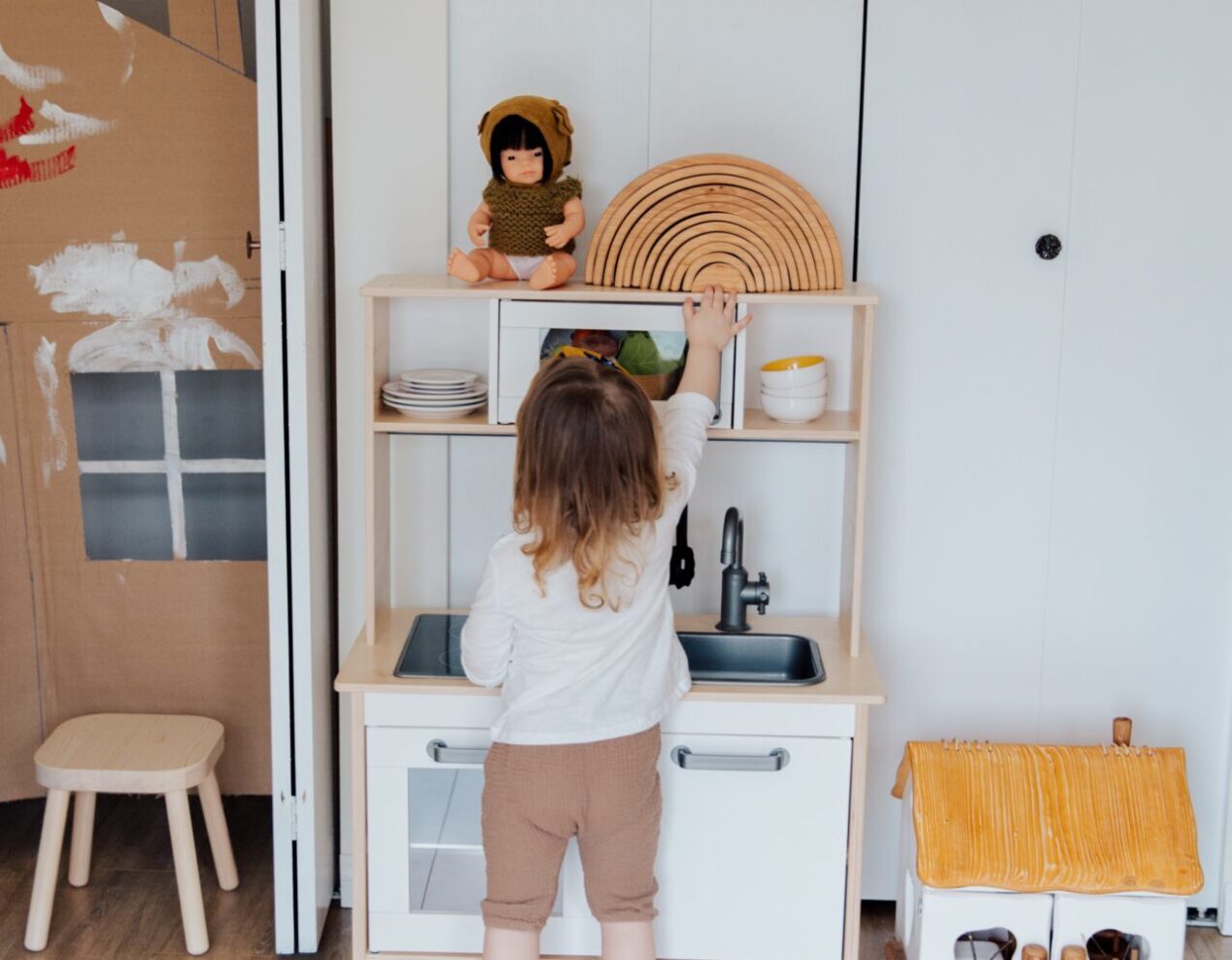Active indoor games to make gloomy days fun for your toddler

When the weather doesn’t cooperate and outside play isn’t an option, energetic two-year-olds can be quite a handful. The activities mentioned below, needing only simple materials and minimal preparation, aid in enhancing essential gross motor skills like running, jumping, pushing, pulling, and swinging.
Here are four indoor games to help your toddler channel their energy:
- Sticky tape highways
Creating a make-believe roadway with tape and mini cars, either on the floor or a table, can turn into a fascinating world of imaginative play for your toddler. This encourages different muscle movements compared to most upright activities.
Here’s how to create tape highways:
Instead of purchasing roadway patterned tape, you can make it at home with low-adhesive tape on a large flat surface like a floor or table. Alternatively, black felt with white tape can mimic roads. Draw lines on the tape to create traffic signals, roundabouts, flyovers, and even driveways, anything that enhances the feel of a bustling city. Disperse small toy vehicles (cars, trains, planes, trucks) and other elements found on roads like tunnels, bridges, and signs throughout this miniature city. Building blocks can add another dimension to the landscape. You can let your toddler help in setting up or surprise them with a ready-made setup. If you have spare cardboard, it can be used to add another layer to the city by making ramps that go from the floor to a chair or table.
- Color dash
This engaging activity combines physical activity and learning, a technique known as kinaesthetic learning. Adding colors makes it an enjoyable matching game.
Here’s how to play “color dash”:
Choose three colored papers, for instance, orange, green, and blue, and tape them in different parts of the room using low-adhesive tape. Call out a color and ask your toddler to run and touch it with their hand; if they head towards a different color, point them in the right direction. To expend more energy, put the papers in different rooms or at opposite ends of a long corridor. Incorporate jumping, crawling, or tiptoe walking for variation. Start with simple directions and gradually make it more complex, like “first touch green, then blue”. You can add more colors and even invite your toddler to direct the game.
- DIY tunnels and indoor “croquet”
This game involves pushing or rolling toy cars, trains, planes, and other small vehicles through homemade tunnels. It can even turn into a toddler-friendly version of croquet.
Here’s how to set up indoor “croquet” with pop-up paper tunnels:
Collect some colored paper, low-adhesive tape, small balls, and tiny toy vehicles. Thicker papers like card stock or construction paper are ideal. Fold and tape each piece of paper to create an arch-like tunnel. Let your toddler assist in taping, it might require some patience and bilateral coordination. Create a chain of tunnels, arrange them in a circle or line them up side by side like a race start line. In this simplified version of croquet, rolling a ball through a tunnel is a success. It’s an exciting new challenge for a child who has learned to roll a ball. This activity requires controlled movement. If the tunnels keep getting knocked over, guide them to move slowly and carefully. Start with fewer tunnels and gradually add more as your toddler gains better control.
- Plate and balloons paddle ball
With just a few basic items, this game promotes gross motor precision and can be played indoors or outdoors.
Here’s how to set up DIY paddle ball:
Gather two paper plates, two popsicle sticks, sturdy tape, and a balloon. The paddles are created by taping a stick to each plate. Ping pong or other paddles can be used if available. Select an open space, since the balloon is unlikely to cause any damage. Try to keep the balloon in the air as long as possible. This activity requires your toddler to coordinate their arms and eyes to hit the balloon at the right moment. If your toddler is struggling to hit the balloon, try tossing it directly onto their paddle. Hands, arms, and feet can also be used instead of the paddle. To make it more like badminton, set up a “net” using a table, chair, or even a blanket or sheet strung across the room.



